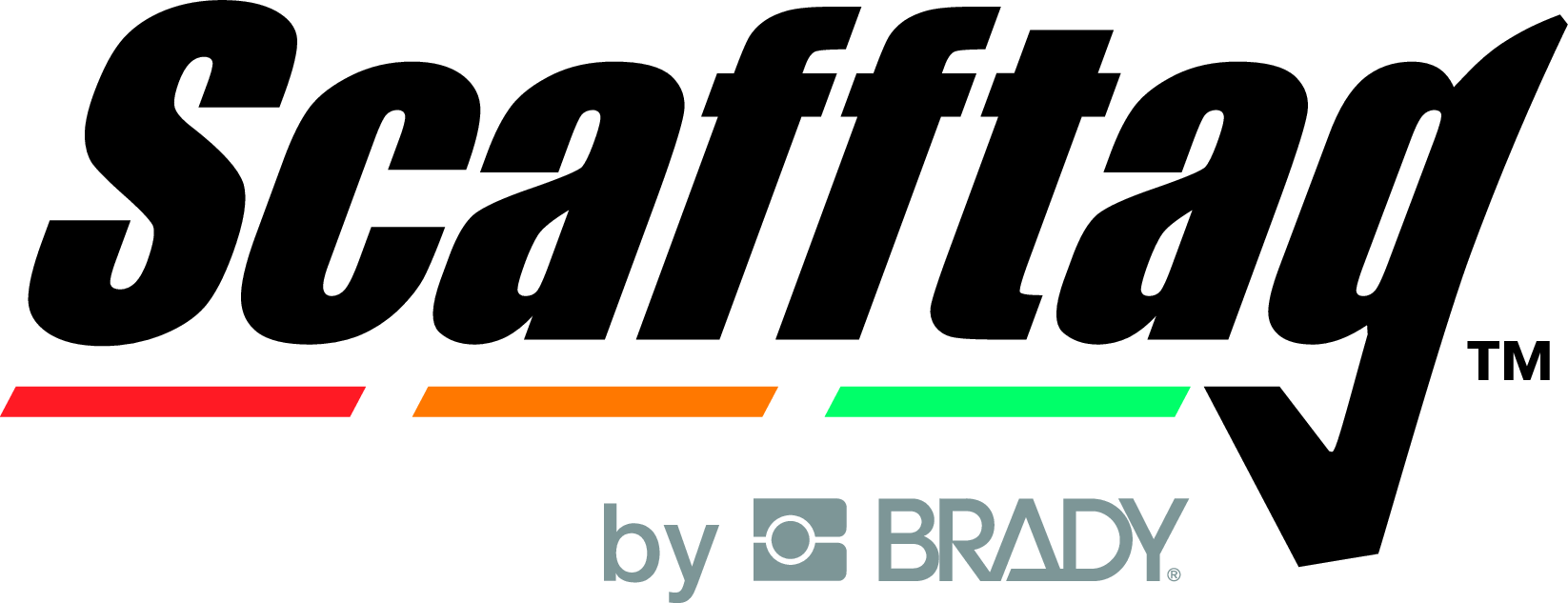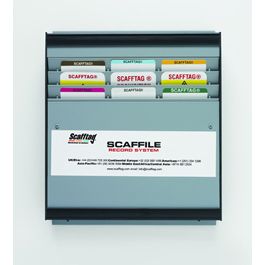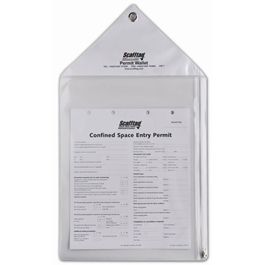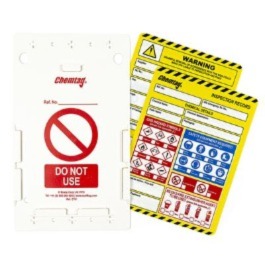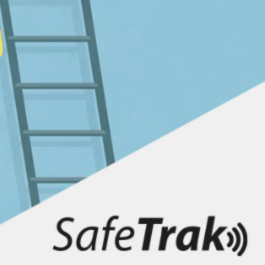Chemical hazard advice
Chemical hazards inspection guidance
How to handle chemical hazards?
Chemical hazards in industries can cause serious harm to workers and the environment. To prevent these hazards, it is essential to have visual warnings and inspection recording in place. Visual warnings, such as labels, signs, and placards, can alert workers to the presence of hazardous chemicals and inform them of the proper precautions to take. Inspection recording allows for regular monitoring of the workplace and can help identify any potential hazards before they become a problem. Additionally, inspection recording can provide a record of the steps taken to mitigate hazards, which can help employers to demonstrate compliance with regulations and ensure the safety of their employees. Overall, visual warnings and inspection recording are key tools in preventing chemical hazards in industries and protecting the health and safety of workers.
Hazardous substances:
- Substances used directly in work activities such as adhesives, paints and cleaning agents
- Substances generated during work activities such as fumes from soldering and welding
- Naturally occurring substances such as grain dust
- Biological agents such as bacteria and other micro-organisms
How to employ an effective hazard management plan?
- Training programmes
- Information on manufacturer’s product labels and Material Safety Data Sheets (MSDS). This must be made readily available to those coming into contact with the chemical.
- Visual warning systems
- Record keeping and data dissemination
Relevant legislation
- Health and Safety at Work Act 1974
- Control of Lead at Work Regulations 1980
- Health and Safety (First Aid) Regulations 1981(and approved code of practice 1997)
- Reporting of Injuries, Diseases and Dangerous Occurrences Regulations 1985
- Ionising Radiations Regulations 1985
- Workplace (Health, Safety & Welfare) Regulations 1992
- Personal Protective Equipment at Work Regulations 1992
- Health and Safety (Safety Signs and Signals) Regulations 1996
- Provision and Use of Work Equipment Regulations 1998
- Management of Health and Safety at Work Regulations 1999
- Control of Substances Hazardous to Health Regulations 2002 (as amended)
- Chemical (Hazard Information and Packaging for Supply) Regulations 2002
- Control of Asbestos Regulations 2006
Need expert advice?
For further advice on developing a Chemical Hazards management system, request a free Scafftag on-site visit, click here
